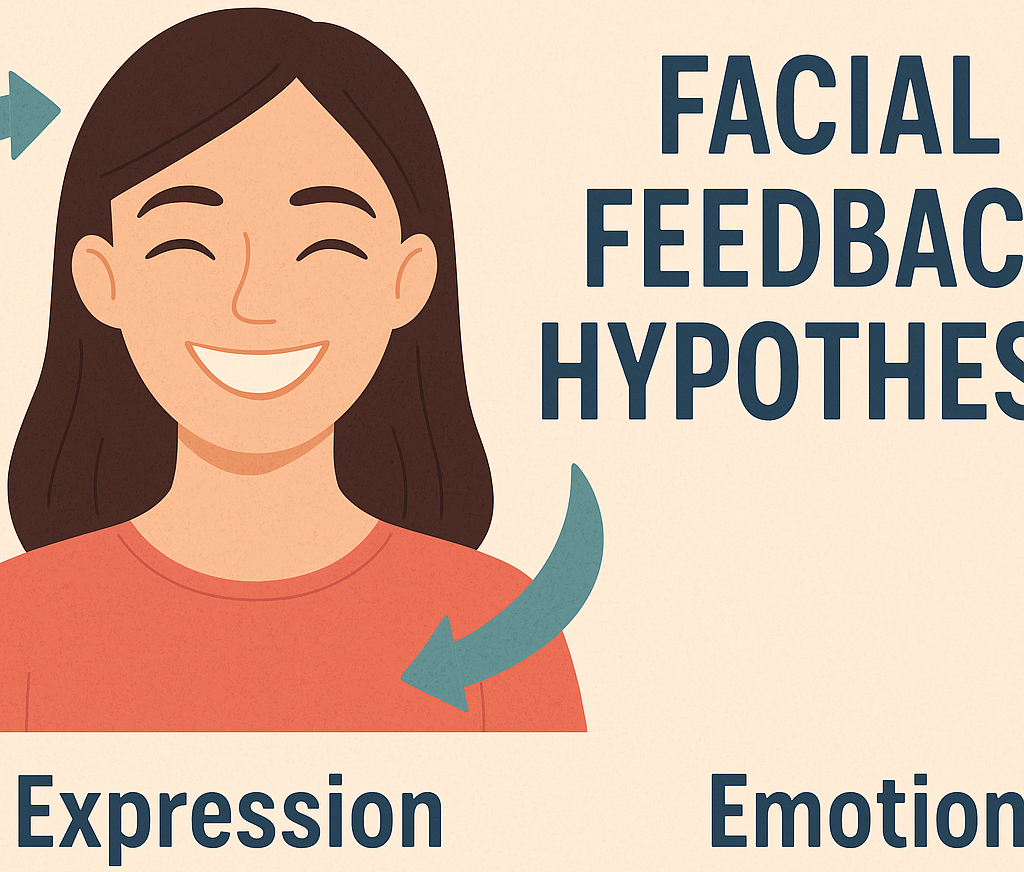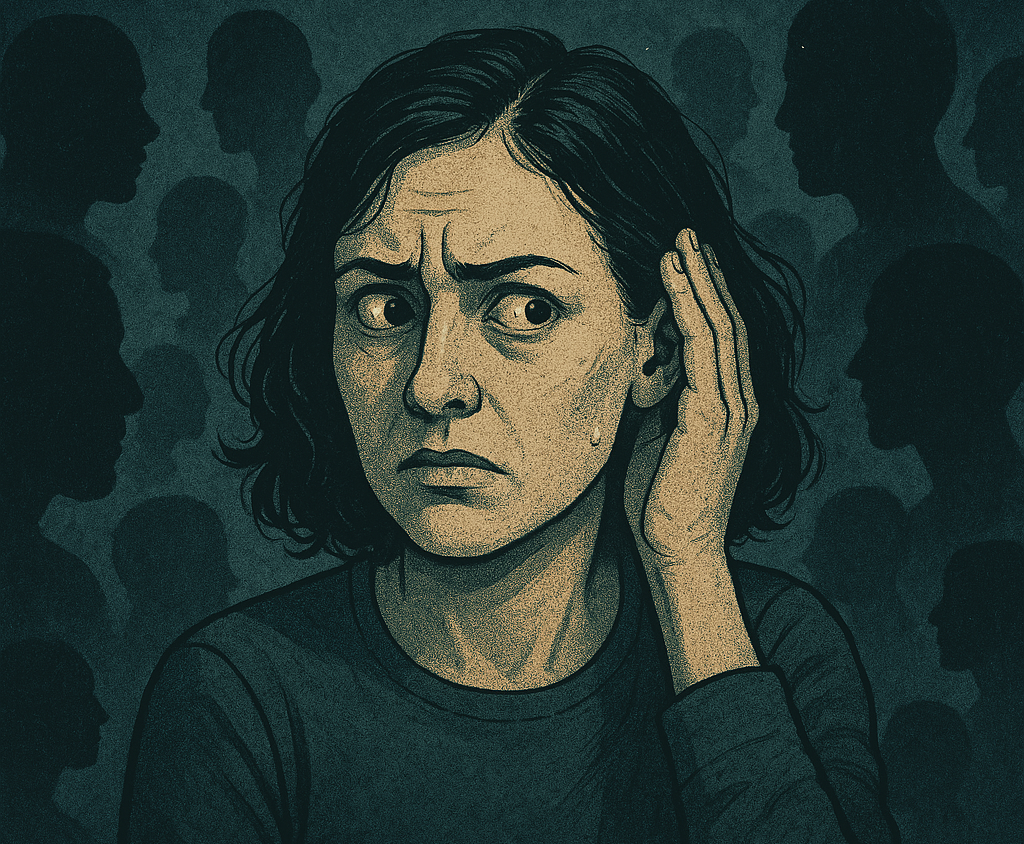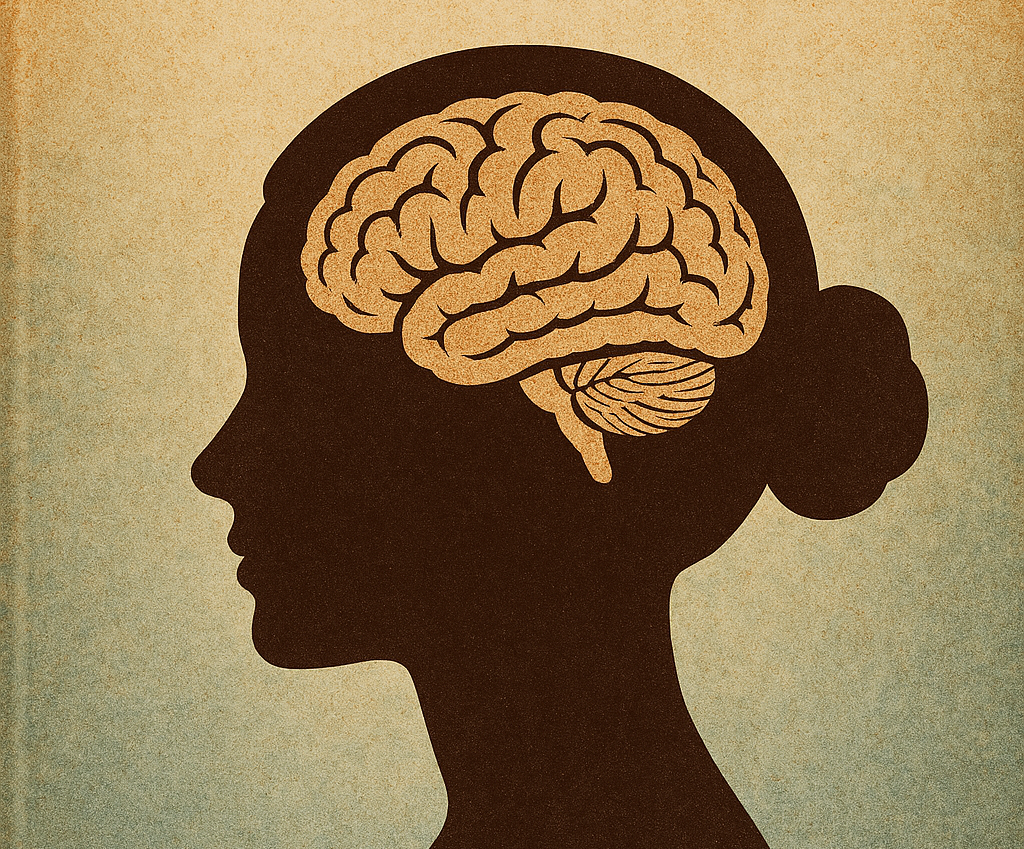
Have you ever looked at the clouds and seen an animal, or thought your phone buzzed when it didn’t? These little moments are often the result of apophenia — the brain’s natural tendency to spot patterns and connections in random or meaningless data.
The term was first introduced by German neurologist Klaus Conrad in 1958, originally in reference to schizophrenia. Patients would report seeing hidden messages or connections in everyday events. But over time, researchers realized that this wasn’t just a symptom of mental illness — it’s something we all experience. Our brains are wired to find meaning, especially in uncertain situations. It’s a survival instinct: better to mistake a shadow for a threat than miss a real one.
Apophenia shows up everywhere — in conspiracy theories, lucky charms, or even thinking your favorite team wins when you wear a certain shirt. It’s why gamblers believe in “hot streaks,” and why we might think the universe is sending us a sign in the shape of our coffee foam. In the age of information overload, our brains try to make sense of chaos by finding familiar patterns, even when none exist.
In the end, apophenia is a double-edged sword — it fuels creativity and storytelling but can also lead us to false conclusions. It’s a powerful reminder of just how much our brains crave order in a world full of noise.
RELATED POSTS
View all


